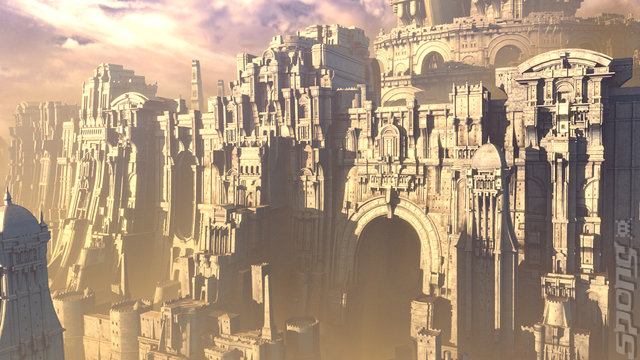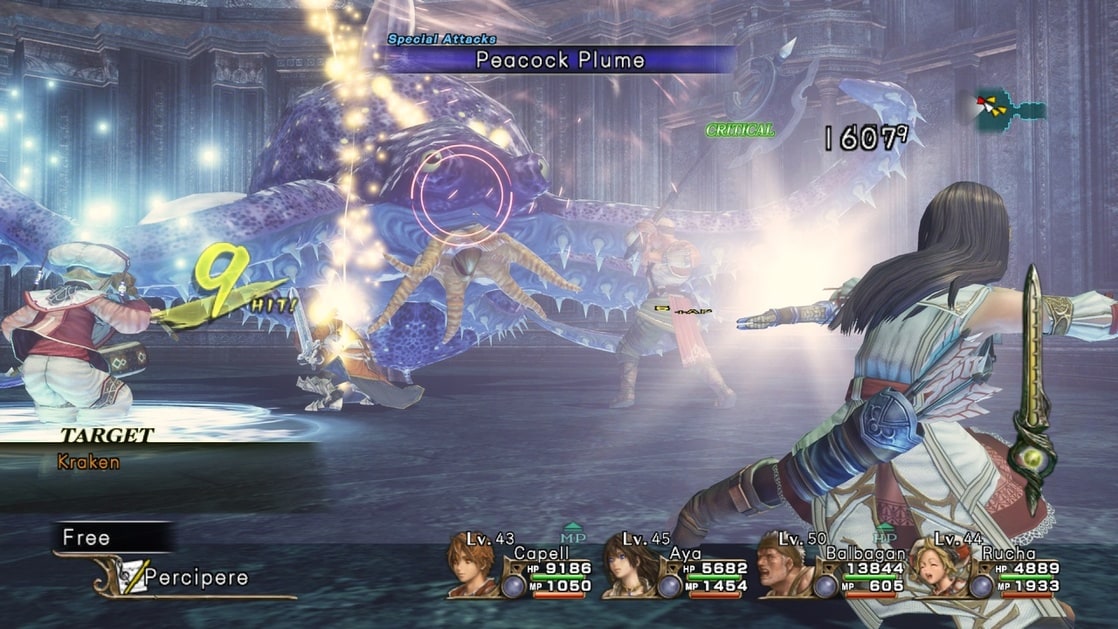

Not only is combat action-oriented, there is absolutely no way to pause combat when shifting around menus, making the use of items fairly prohibitive. However, rather than relying on the turn-based fighting that is usually associated with most traditional RPGs, Infinite Undiscovery's battles are completely action-oriented. After engaging in combat, the fighting occurs right on the world map in real-time. Instead, they can see every monster that awaits ahead.

The player never stumbles into random battles. It's a little bit difficult to explain without a proper visual explanation, but the overall feel to the game seems to be very reminiscent of a MMO. Though the story is based upon an interesting premise, the pace at which the story develops will likely deter many from playing too far, as it is at least halfway into the game when the story picks up.Ĭombat also brings many interesting aspects in its presentation, including the not-entirely-original aspect of it occuring completely in real time. Some characters seem dynamic and lovable, while others test the player's willpower against stabbing them in their glossy, video-game eyes. As the story unfolds, Capell joins up with a wide assortment of characters that range from likable to incredibly annoying. See, everything in the world of Infinite Undiscovery is tied to the Moon, from religious practices to political structuring, so an action that is basically tying down the home of God is sure to spur up discontent. The moon in this world isn't simply a heavenly body it's home to Veros, the Crimson God. Apparently this Order has chained the moon to the planet and wants to use its power to some evil ends. Soon after the beginning of the game, Capell is pulled into a band of freedom fighters trying to rid of the world of the Order of Chains. The story revolves around a boy named Capell and the misadventures he seemingly fumbles into. Radiata Stories had been released just the previous year, and to reasonable critical acclaim no less, so the idea of another new title from both the same company and team was promising, to say the least. Needless to say, when the company announced Infinite Undiscovery-both a new title and intellectual property-in 2006, many fans of their work were hopeful of the possibilities. In fact, they have quite an established lineage, going all the way back to the original Star Ocean title for the Super Famicom in 1996. Tri-Ace isn't a company new to the world of role-playing games. WALKTHROUGH // Let us get you through the game in one piece.Infinitely Undecided if it Will Become a Classic In this Infinite Undiscovery strategy guide, you'll find:īASICS // To dodge infinite guesswork, read our basics section and master the game with ease.

Our walkthrough will help even the most helplessly lost gamers get back on track, and our basics section will shed some light on the fundamentals and finer points of this unique RPG. The idea behind it is that it's a real-time RPG with choices to be made. Infinite Undiscovery can be a daunting game to get through, however. That's right - the moon is in bondage, and it's up to you to break it free. Once he's accidentally broken out of prison by Sigmund's followers, Capell ends up on a path parallel to the great hero Sigmund, mixing himself with Sigmund's own followers as they ultimately seek to unchain the moon from the planet. You play as a character named Capell, a young man who is caught up in an epic adventure simply because he resembles a world-renowned hero named Sigmund. The premise of Infinite Undiscovery is easy enough to grasp, even if the name itself makes no sense whatsoever.


 0 kommentar(er)
0 kommentar(er)
